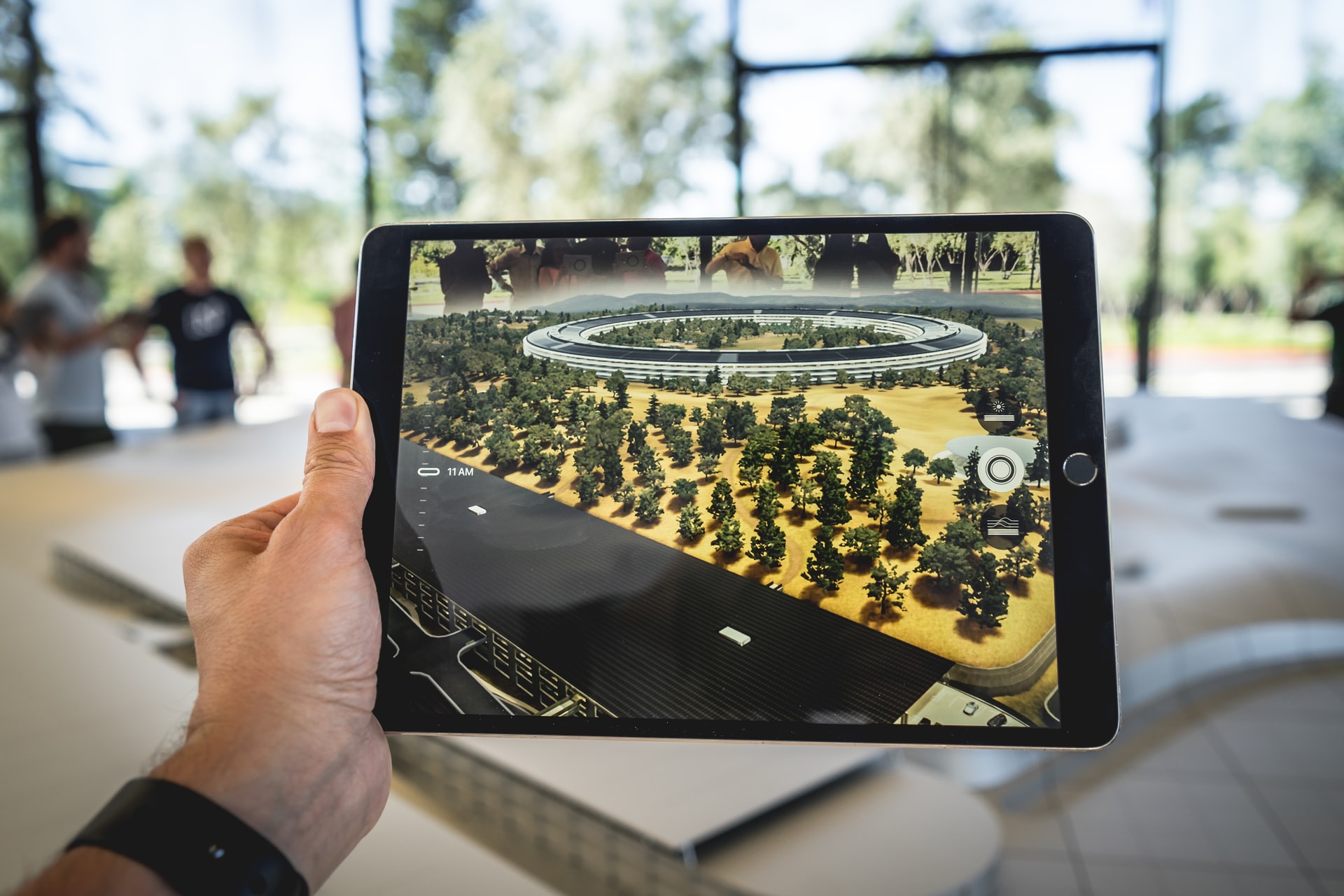Simply put, augmented reality (AR) combines virtual and physical reality using camera and sensor technology along with computer-generated information to produce a real-time interactive experience. This cutting edge (and very cool) technology is providing innovative and substantial benefits for designers, engineers, architects, and project managers in the construction industry. Melding physical reality with AR on an actual job site reduces errors in managing money, time, and resources resulting in increased efficiency and accuracy.
How It Works
In its construction application, AR uses computer algorithms to combine the real-world view of existing space seen through the camera with BIM (building information model) to produce a 3-D model of a proposed design.
Refining Your Design
Viewing a prospective design in 3-D in an existing space benefits the construction firm and the architect as well as the client. The ability to view the ‘completed building’ in detail enables professionals to better understand the project in depth, including possible unforeseen social and environmental challenges.
Showcasing A Project For the Client
With a realistic 3-D view of the finished build provided by AR, clients not only remain engaged, but have a better opportunity to make meaningful changes before construction begins reducing costly changes. There’s no question that AR can increase a client’s comfort level with their project more than blueprints, sketches, or BIM alone. Note that some AR apps can be downloaded to a tablet or smartphone.
Pre-construction Accuracy and On-Site Revisions
Using AR on-site allows experts to troubleshoot any problems virtually before making changes to the physical structure. Design inconsistencies can be corrected prior to construction, saving time and additional costs. Being able to view a ‘finished project’ on site allows managers to better calculate material requirements and the necessary labor force, again improving workflow and preventing waste.
Teamwork
A successful construction project relies on the collaboration of multiple teams including designers, managers, carpenters, electricians, plumbers, welders, and more. The goal is always to complete the job on time and on budget. AR allows teams to share video, view errors remotely, and ask questions of any expert who is off-site. This instantaneous ability to consult and collaborate is invaluable in increasing efficiency and cutting costs.
Safety Training
AR can be utilized with great benefit beyond its design and jobsite applications. Augmented reality can provide workers with virtual drills and safety scenarios to improve their safety awareness. This virtual ‘hands on’ approach to learning enhances intuitive training as well as lowering training costs.

